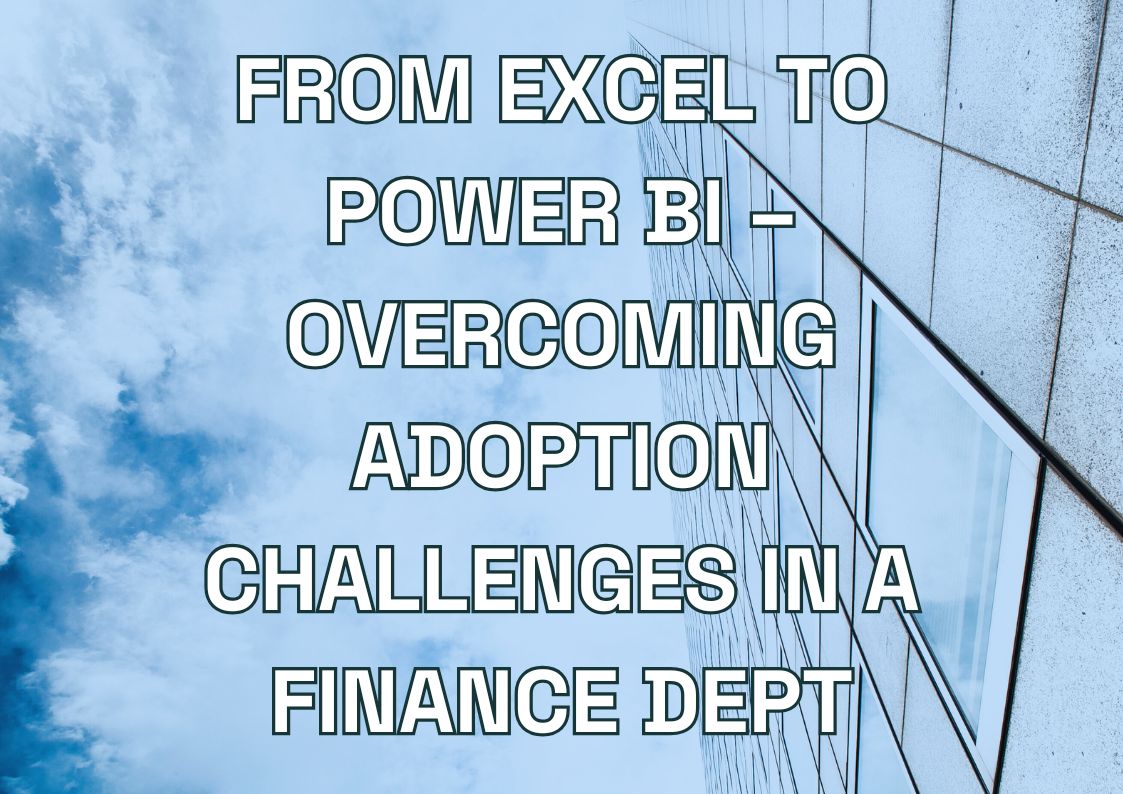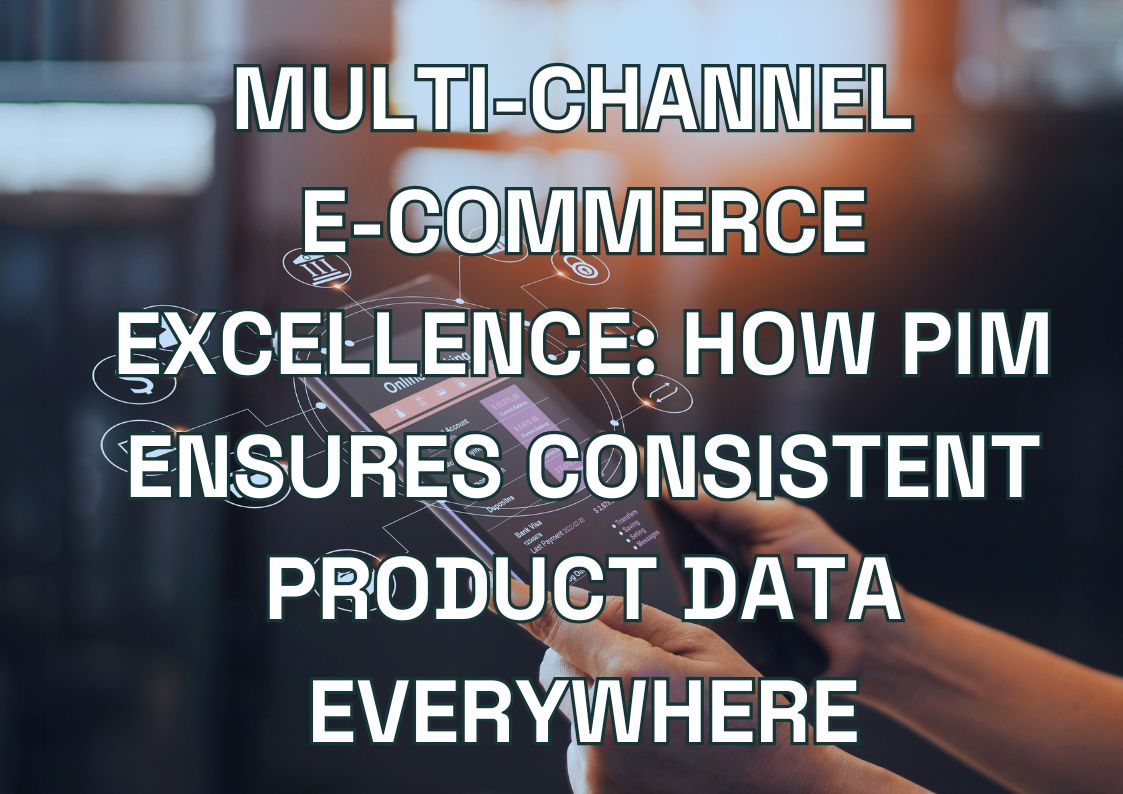What is system integration? How do systems & IT integration services work? Why do integration issues cause so many problems? How can I maximize system integration benefits? How can I mitigate or eliminate IT integration risks? Why is the process of integration so complicated? Is systems integration really as complex, costly, and time-consuming as some technology service providers would have me believe?
The answers to all of these questions start with a definition. Understanding what IT integration is and knowing how to talk about it in a meaningful way is the first step toward developing efficient, effective, and sustainable system integration solutions.
What is System Integration?
The systems integration definition encompasses the process of unifying various components so they operate as a cohesive unit, and it can be understood from two main perspectives: engineering and information technology (IT).
System Integration Definition: Two Perspectives
- Engineering Perspective: In engineering, system integration involves combining various subsystems and ensuring their harmonious operation to deliver the intended functionality of the whole system. Think of it like assembling a complex machine, where each part plays a vital role in the overall function.
- IT Perspective: In the realm of information technology, system integration focuses on connecting different computing systems and software applications. This can be achieved through physical connections or functional integration, allowing disparate systems to work as a cohesive unit. Techniques used in IT integration include computer networking, enterprise application integration, business process management, and custom programming.
System integration definition depends on the context in which it is applied, whether in engineering for merging physical components or in IT for linking software systems. By integrating these perspectives, system integration aims to optimize performance in both physical machinery and digital environments, ensuring all components or software collaborate effectively to deliver the desired outcomes.
Overcoming integration challenges?
Streamline IT systems with expert guidance. Build sustainable, tailored integration solutions that boost efficiency and reduce risks.
Simplify and enhance your system integration journey today.

Simplify and enhance your system integration journey today.

Key Elements of System Integration
- Interoperability: The ability of different systems, software, and hardware to communicate and exchange data effectively. This is achieved through the use of standard protocols, interfaces, and data formats. This element is critical in sectors such as healthcare, where medical devices and software need to interact seamlessly to provide comprehensive patient care.
- Data Integration: The process of combining data from multiple sources into a unified view. Data integration involves techniques like ETL (extraction, transformation, and loading) to ensure consistent access and use of data across the integrated system. Data integration is particularly valuable in industries like finance, where combining customer data from various channels can enhance service delivery.
- Process Integration: Aligning and coordinating business processes across different systems to streamline workflows, eliminate redundancy, and boost efficiency. This may involve automation and synchronization of activities between various platforms. For example, integrating a company’s inventory management system with its sales platform can automatically update stock levels as orders are placed, preventing stockouts and ensuring a smooth customer experience.
6 Integration Methods: How The Systems Work Together
All system integration solutions are constructed using a combination of relatively simple use cases. Below are the six fundamental types of system integration scenarios:
- Sharing on Demand (Non-Persistent Data Integration): Data is transferred from one system to another for immediate use or analysis, without being permanently stored in the target system. This is common for displaying external data in an application’s interface or using it for real-time processing.
- Independent Data Sharing (Orphaned Data Integration): Data is transferred to the target system once, without subsequent updates to reflect changes in the source system. This method is useful for enriching transactional records with additional information for historical trend analysis.
- Synchronized Systems (Linked Data and Replication): Data is transferred and continuously updated in the target system to mirror any changes in the source system. This maintains data integrity across multiple systems, ensuring data only needs to be maintained in one place.
- Seamless Data Exchange (Bi-Directional Links): Data is synchronized between multiple systems, with updates on any system reflected in all others. This eliminates the distinction between source and target systems, but may require reconciliation procedures to manage conflicts when changes occur simultaneously across the network.
- Real-Time Updates (Automated Data Synchronization): A change in one system triggers an update in another system without direct data transfer. The source system sends an event trigger, prompting the target system to update its data accordingly. This is often used to communicate status changes or inventory movements.
- Triggering Actions Across Systems (Remote Action Execution): An action in one system triggers an action in another system. The target system acknowledges the event trigger and may provide progress updates as the action is performed. This method enables cross-system process automation and enhances user experiences.
The Versatility of System Integration
The six core integration methods we’ve explored – sharing on demand, independent data sharing, synchronized systems, seamless data exchange, real-time updates, and remote action execution – are surprisingly adaptable. They serve as the foundation for virtually any system integration scenario, empowering businesses to connect disparate systems and streamline processes.
Real-World Applications
- Connecting User-Facing Applications: Integrating these applications creates a more seamless and efficient user experience. By eliminating the need for repetitive data entry and reducing the risk of human error, businesses can enhance productivity and improve customer satisfaction. This could involve simple solutions like pop-ups that transfer information between applications, saving users valuable time.
- Robotic Process Automation (RPA): RPA tools automate tasks by mimicking human interactions with various applications, even those based on outdated technology. Techniques like screen scraping and macro recording, while not always the most elegant, have allowed businesses to integrate legacy systems with modern solutions, delaying the need for costly migrations. It’s crucial to remember that RPA has limitations and may not be the ideal solution for every scenario.
The power of system integration lies in its ability to connect and automate processes across various systems. Whether it’s enhancing the user experience or streamlining back-end operations, system integration plays a crucial role in driving business efficiency and innovation.

Common Challenges in IT Systems Integration
System integration involves connecting various subsystems or components into a unified whole, creating a cohesive IT ecosystem that aligns with business objectives. While crucial for modern businesses, crafting enterprise-level integration solutions is complex and presents various challenges. Let’s delve into the key challenges faced in IT integration:
-
Evolving Technology:
The rapid pace of technological advancement introduces new systems and integration methods constantly. Staying ahead requires continuous learning, adaptability, and a willingness to redefine what system integration means in practice.
-
Data Compatibility:
Different subsystems often use diverse data structures and protocols, leading to compatibility issues. Careful planning, data transformation expertise, and tools that automate data mapping and conversion are vital to achieving seamless integration.
-
Security Concerns:
Connecting systems can expose sensitive information to new risks. Robust security measures, including strong encryption, secure data transfer protocols, and regular audits are essential to protect data within an integrated environment.
-
Scalability:
As businesses grow, their integrated IT systems must handle increased workloads and new connections. Designing for scalability, choosing flexible architectures like microservices, and leveraging scalable cloud services are crucial to accommodate future growth.
-
Cost and Resource Constraints:
System integration projects can be resource-intensive and expensive. Careful planning, efficient resource allocation, and a focus on long-term benefits over short-term costs are key to managing integration projects effectively. Exploring cost-effective solutions that align with your integration goals is also essential.
Overcoming these challenges requires a strategic approach, technical expertise, and a focus on long-term business objectives. By addressing these challenges proactively, businesses can harness the power of system integration to streamline operations, enhance efficiency, and drive innovation.
IT Systems Integration Services You Might Find Interesting
IT Systems Integration: The Multishoring Approach
At Multishoring, we are experts in IT systems integration. Our seasoned team understands the common pitfalls of integration projects and knows how to mitigate risks to ensure success. Whether rescuing troubled projects or developing new solutions, we prioritize essential requirements and work within defined constraints.
We collaborate closely with clients to establish optimal project timelines, giving you confidence in the performance of the delivered solution. Our approach focuses on delivering stable, secure, and scalable integrations without unnecessary complexity.
Integrations can be complex, but they don’t have to be complicated. We leverage our experience and expertise to tackle challenging IT integration scenarios, enabling you to focus on your core business goals. We ensure your integrations are stable, secure, and scalable, allowing you to concentrate on what matters most – growing your business.
Contact Multishoring today to learn how we can help you achieve your IT integration goals!
Let's talk about your IT needs

Let me be your single point of contact and lead you through the cooperation process.
Choose your conversation starter
Signed, sealed, delivered!
Await our messenger pigeon with possible dates for the meet-up.








